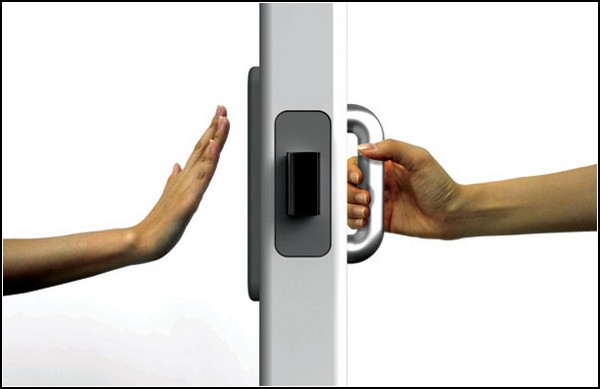The properties of an object which allows its function
Psychologist James J. Gibson first coined the term ‘affordance’ in 1977 when describing all actions that are made physically possible by the properties of an object or an environment. A bottle screw cap affords twisting. A hinged door affords pushing or pulling. A staircase affords ascending or descending.
Don Norman introduced the term ‘perceived affordance’ to refer to the actions a user perceives to be possible, distinct from those which are actually possible. A user’s perception and understanding of affordances will vary according to their goals, beliefs, ability and past experiences. A bottle screw cap may be a mystery to a person who has not encountered one before. A staircase may afford an able-bodied person to ascend to a higher floor, but a person with poor mobility is not afforded the same action.
Cues can be used to communicate actions afforded by an object. The ridges of a bottle screw cap provide a high-grip surface, suggesting friction should be applied. A flat plate on a door at hand height suggests the door can be pushed in that place. The steering column connection in the centre of a steering wheel suggests it will turn around that point.
Affordances can be deliberately constrained to enable only correct or desired actions. A bottle screw cap cannot be tightened further when the bottle is sealed. A door with a plate instead of a handle cannot be pulled. A car steering wheel won’t turn any further when the wheels themselves are at the limit of their movement.
Both actual and perceived affordances must be considered in design. Desired actions cannot be carried out if the object does not afford it, and afforded actions will not be carried out if the user does not perceive they are possible.

